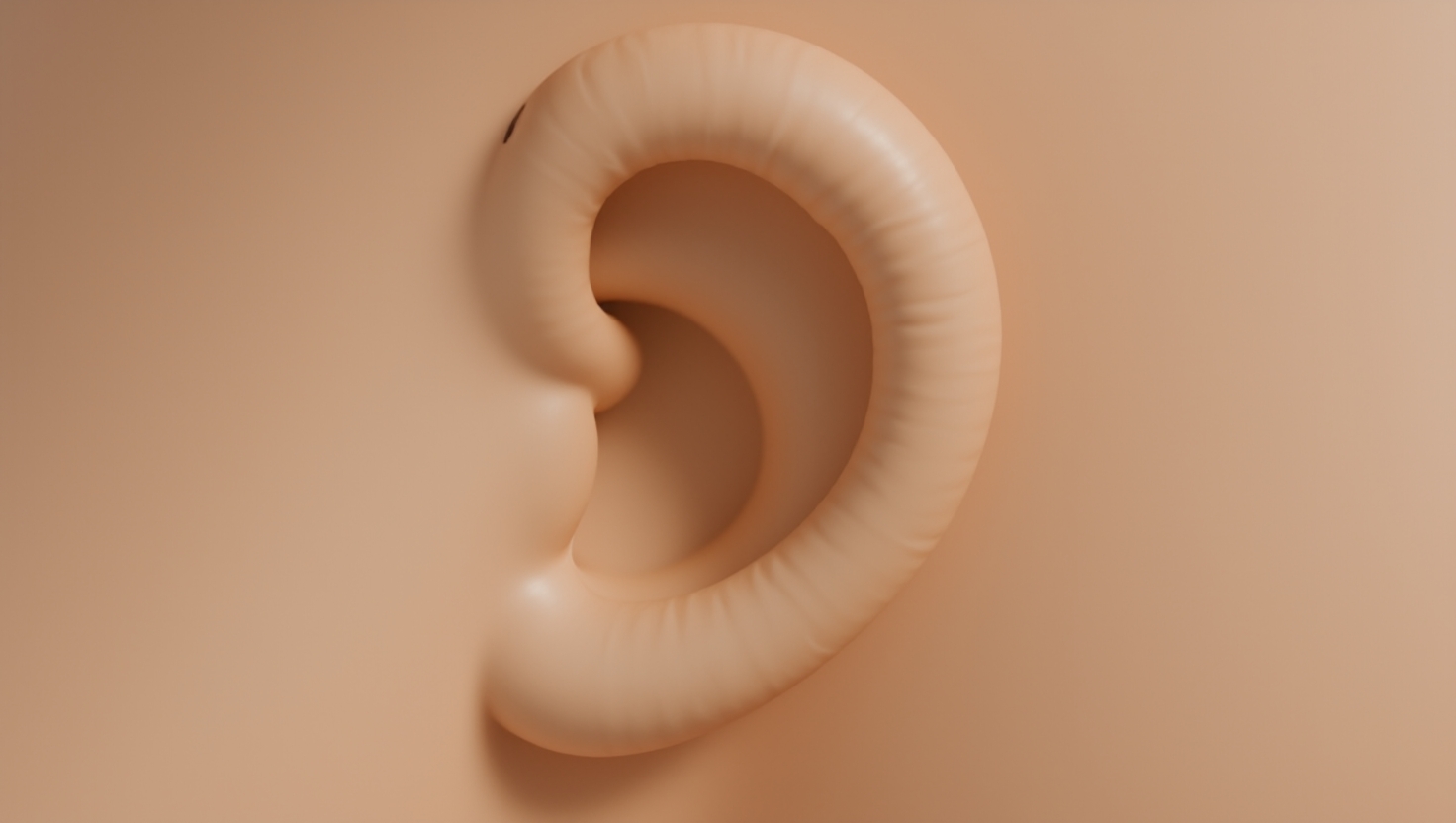What Is Dry Skin in the Ear?
Dry skin in the ear occurs when the skin inside or around the ear becomes flaky, rough, or itchy. This condition can affect either the ear canal—the narrow passage that leads to the eardrum—or the outer ear, including the visible part known as the pinna. While it may seem like a minor annoyance, dry skin in this sensitive area can sometimes cause discomfort and may interfere with hearing or lead to infections if left untreated.
Think of the skin in and around your ears as a delicate, protective barrier. When this barrier is compromised by dryness, it can crack, flake, or itch much like the skin on your hands or face during winter months. Because the ear canal is a warm, moist environment, any disruption in moisture balance can create an uncomfortable cycle of irritation and dryness.
Common Causes of Dry Skin in the Ear
Several factors can contribute to dry skin either inside or around the ears, often overlapping or compounding one another. Understanding these causes can help identify ways to manage and prevent symptoms.
- Environmental Factors: Cold weather, low humidity, and dry indoor air are some of the most common causes behind ear dryness, especially during winter. For example, a person living in a dry, desert climate might experience flaky ear skin more frequently than someone in a humid coastal region. Just as winter air can dry out your lips and hands, it can similarly strip moisture from the delicate skin inside your ears.
- Skin Conditions: Chronic skin disorders such as eczema (atopic dermatitis) and psoriasis frequently affect sensitive areas, including the ears. These conditions lead to inflammation, scaling, and extreme dryness that can be persistent and challenging to manage.
- Frequent Use of Earphones or Hearing Aids: Regular use of earbuds, headphones, or hearing aids can trap moisture and heat within the ear canal. This creates a warm, humid environment that may irritate the skin and occasionally encourage bacterial or fungal growth.
- Exposure to Irritants or Allergic Reactions: Soaps, shampoos, hair gels, and other personal care products that come into contact with the ear can cause irritation or allergic reactions in sensitive individuals. Even products labeled as gentle can sometimes disrupt the skin’s natural oils and cause dryness. Symptoms may appear or worsen after using a new product or after swimming in chlorinated pools.
- Over-Cleaning or Harsh Products: Cleaning inside the ear canal with cotton swabs or strong cleansers can remove natural protective oils, aggravating dryness and causing microtears in the skin. Repeated use may result in a cycle of itching and flaking.
When to Consider Seeing a Doctor
Generally, dry skin in the ear is a manageable and harmless condition. However, it is advisable to seek professional medical advice if you experience:
- Dryness that does not improve or progressively worsens despite home care measures such as moisturizers.
- Pain, persistent itching, swelling, or any discharge from the ear, which could indicate infection.
- Changes in hearing, noticeable ringing (tinnitus), or discomfort that interferes with daily activities such as work or sleep.
- Lack of relief after trying over-the-counter treatments, which might indicate an underlying skin disorder or infection requiring specialized care.
How Dry Skin in the Ear Can Impact Daily Life
While dry skin in the ear may seem like a small issue, it can affect everyday life in several ways:
- Work: Constant itching or discomfort during meetings, phone calls, or focused tasks can be distracting and reduce productivity. For example, needing to frequently scratch the ear may affect concentration and confidence.
- Social Life: Visible flakes or irritation in the ear area can cause embarrassment or self-consciousness during social interactions. Some individuals may feel reluctant to wear earrings or headphones due to visible dry skin or redness.
- Quality of Life: Persistent symptoms may disrupt sleep, reduce comfort, and lead to frustration or lowered well-being. Chronic ear discomfort can make wearing hats, helmets, or earbuds uncomfortable, limiting leisure and daily activities.
Understanding these impacts highlights the importance of addressing dry ear skin appropriately.
Relevant Research Data
Skin conditions such as eczema and psoriasis affect millions of people across the U.S., with many reporting symptoms in less obvious areas such as the ears. According to the National Eczema Association, roughly 10%-20% of children and about 3% of adults globally have eczema, with flare-ups often triggered by environmental changes.
Research supports a link between seasonal changes, especially low humidity in winter, and worsening dry skin symptoms. A 2019 dermatology study found that dryness and itching frequently increase during colder months due to reduced skin hydration, which aligns with observations of dry ear skin becoming more common at certain times of the year.
Clinical guidelines emphasize keeping ear skin moisturized and protected from irritants, particularly during high-risk times such as winter or when using devices like earbuds for prolonged periods.
---
Ready to breathe easier and care better? Schedule your visit at Sleep and Sinus Centers today—online or call (678) 689-1100 to book an appointment.
This article is for educational purposes only and is not medical advice. Please consult a qualified healthcare provider for diagnosis and treatment.
Don’t let allergies slow you down. Schedule a comprehensive ENT and allergy evaluation at Sleep and Sinus Centers of Georgia. We’re here to find your triggers and guide you toward lasting relief.



